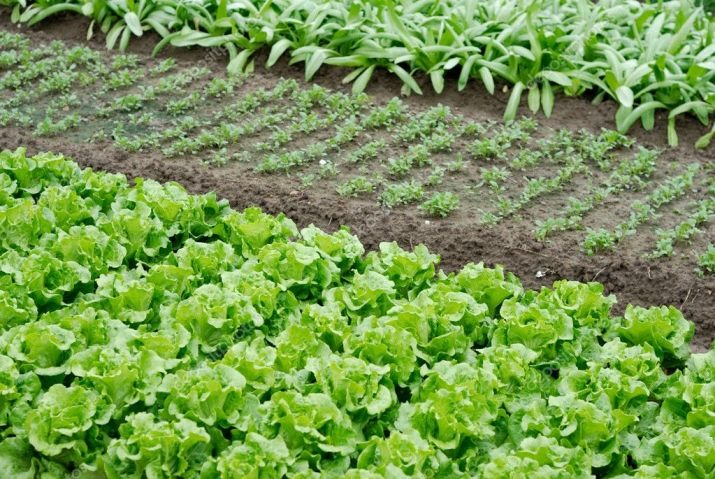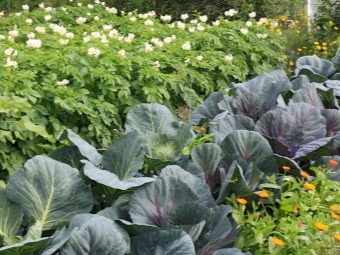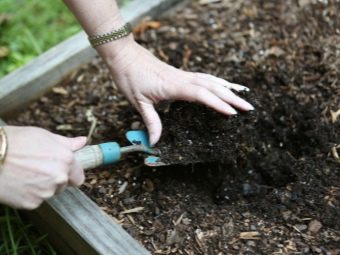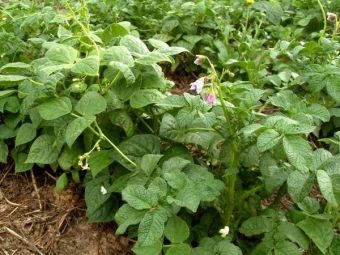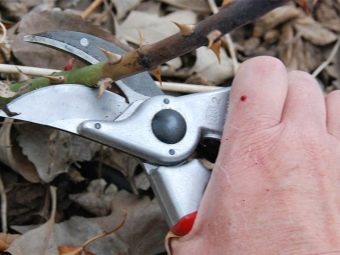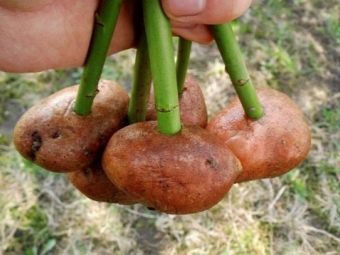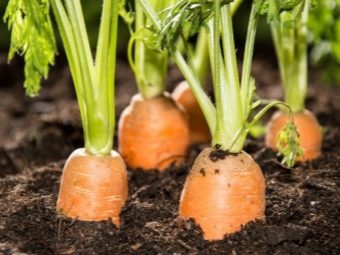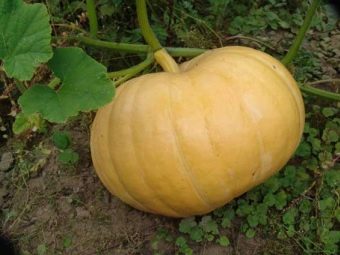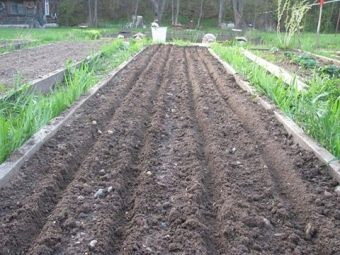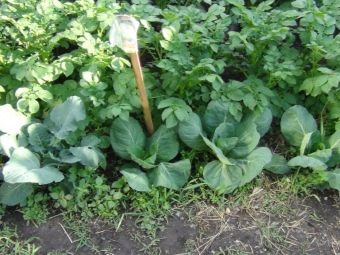What to plant next to potatoes next door?

From year to year, gardeners planted in the beds a huge number of different crops.Often, when planting vegetables, gardeners make mistakes that can negate all efforts to get a rich harvest. After all, with an unsuccessfully selected neighborhood, plants can get sick and soon die.
Special features
Planting potatoes, like any other plant, is considered a difficult job. Especially when it is necessary to combine various vegetables in the neighboring beds. The science of allelopathy proves that the interaction of neighboring plants can have a beneficial or negative effect on growth and yield. Ground and underground parts of vegetable crops fill the soil with minerals and trace elements that affect the composition and taste of vegetables. The question arises, what vegetables and plants can be sown nearby.
There are several factors to consider:
- how far the beds are illuminated, whether they are located under the open sun, or there is a shadow at the landing site;
- what is the composition of the soil (clay, sandstone or black soil);
- what is the acidity of the soil (neutral or alkaline);
- whether it is necessary to make a regular feeding of plants;
- how much watering is required for different crops.
Based on these parameters, you can safely pick the potato "partners" in the garden.
What crops fit potatoes?
Based on soil factors, There is a list of favorable "neighbors" for potatoes:
- The best combination - with legumes. These include peas and beans. Thanks to these plants, the soil is soaked with nitrogen, which has a beneficial effect on the development of potato harvest.
- Potatoes can grow next to different kinds of cabbage. Cauliflower and kohlrabi will have a special impact on the growth of the root.
- Greens can be planted next to potatoes, such as arugula or lettuce.
- Some gardeners have adapted to plant zucchini and eggplants near potato beds, which is also not contraindicated.
- A good combination will be the neighborhood of potatoes and sweet corn. The soil must be sufficiently fertilized, due to which the harvest of both crops will exceed all expectations. Corn next to potatoes sown exclusively in warm regions.
- You can sow onion, sorrel and dill in the rows between the potato beds. Due to this, the gardener can enjoy fresh greens all summer. It is believed that the bow provides the best protection against the Colorado potato beetle.
- An important factor is the neighborhood of potatoes with beets. There are no “conflicts” between the beds between them; they are excellent for neighborly relations and feed each other throughout the ripening period. In addition, after harvesting, the beets are put in one bag with potatoes. On one standard bag weighing 25 kg is taken about 5 or 6 pieces of beets, depending on its size. Vegetables will not lose their appearance for a long period and can even stand in the cellar until next year.
Quite often, gardeners decorate the territory of the beds with different colors in order to bring beauty and aesthetics to the plantings. Gardeners even plant flowers right on the garden rows. Especially popular are roses of all varieties. Potatoes help to cope with the growth of flowers and increase their number. The fact is that in every potato there is a nutrient substrate that promotes saturation of the rose cutting with moisture and is divided by phytohormones.
For planting flowers, you can use an interesting procedure. It is necessary to choose a ripe shoot of a flower and cut the stem of the shears with shears. For several hours, lower the plant into a special solution that stimulates the appearance of roots. Then the stalk can be inserted into the prepared potatoes. The tuber should not have visible damage, and existing eyes should be removed. This "rose in potato" is placed in a separate container. For the subsequent landing it is necessary to prepare a hole, fertilize the ground, make a drainage.Only after that the harvested flower in the tuber can be planted, after which it is painstakingly monitored for its growth and flowering.
Not recommended
Unfortunately, not all vegetable crops can interact without problems. There are plants that are strictly forbidden to plant near each other. For potatoes, first of all, the neighborhood with celery is contraindicated. You can not combine potato beds and sunflowers. The list of unwanted neighborhoods include pumpkin, although many gardeners do not agree with this fact and plant vegetables in the neighborhood.
Some gardeners claim that carrots and potatoes cannot coexist together. But this does not mean that they can not grow next. Carrots should not be sown between rows, but in the next row it will not interfere. Thanks to personal experience, every gardener knows that planting potato tubers is strictly prohibited next to tomatoes, peppers and cucumbers, which have a suppressive effect on potato seedlings. The fact is that tomatoes and peppers are exposed to identical potato diseases. The same goes for insect pests.
But not only vegetables can adversely affect the growth of potatoes. Fruit bushes and trees can cause irreparable damage to the flowering of tubers. It is prohibited to make beds directly under an apple tree or near bushes with raspberries or currants. Only here the influence will not be on potatoes, but on fruit. The same apples will bring less yield, and tastes will be much worse. Strawberries near potato plantations can not be called the best "neighbor". All wireworms (larvae of beetles) "catch up" here, incidentally affecting the number of growing landings.
But watermelons, on the contrary, are considered to be excellent companions with potatoes, but gardeners do not plant them near them because of the size of the berries, which can later become an obstacle to digging the harvest.
Tips
Many gardeners share their observations in the process of harvesting ripened vegetables. Some have noticed that horseradish, if planted on the sides of potato beds, has a beneficial effect on the growth of root crops. Late potato variety should be planted with peas. By the time of ripening, peas are harvested faster, and its roots left in the ground will serve as an additional nutrient medium for potato tubers. In addition, the scent of pea rhizomes repels pests, including the Colorado potato beetle.
Attention should be paid to the use of a mixed type of sowing. He is planting not only potatoes, but also cabbage, radish and onions. Landing required to make a certain pattern:
- preparing the bed for planting;
- In early spring, radishes are sown from the sides of the bed;
- the middle goes to the onion, which is grown on a feather;
- with onions cabbage is planted;
- when the radish yields a crop, a potato takes its place;
- after some time, the early cabbage is removed, and the garden leaves with onions and potatoes.
The same system can be used for planting and late harvest. The main thing is not to save money on the spot for planting vegetables and to competently develop a scheme of various beds.
On what vegetables can be combined on the garden, see the following video.

